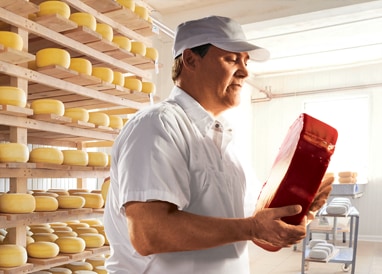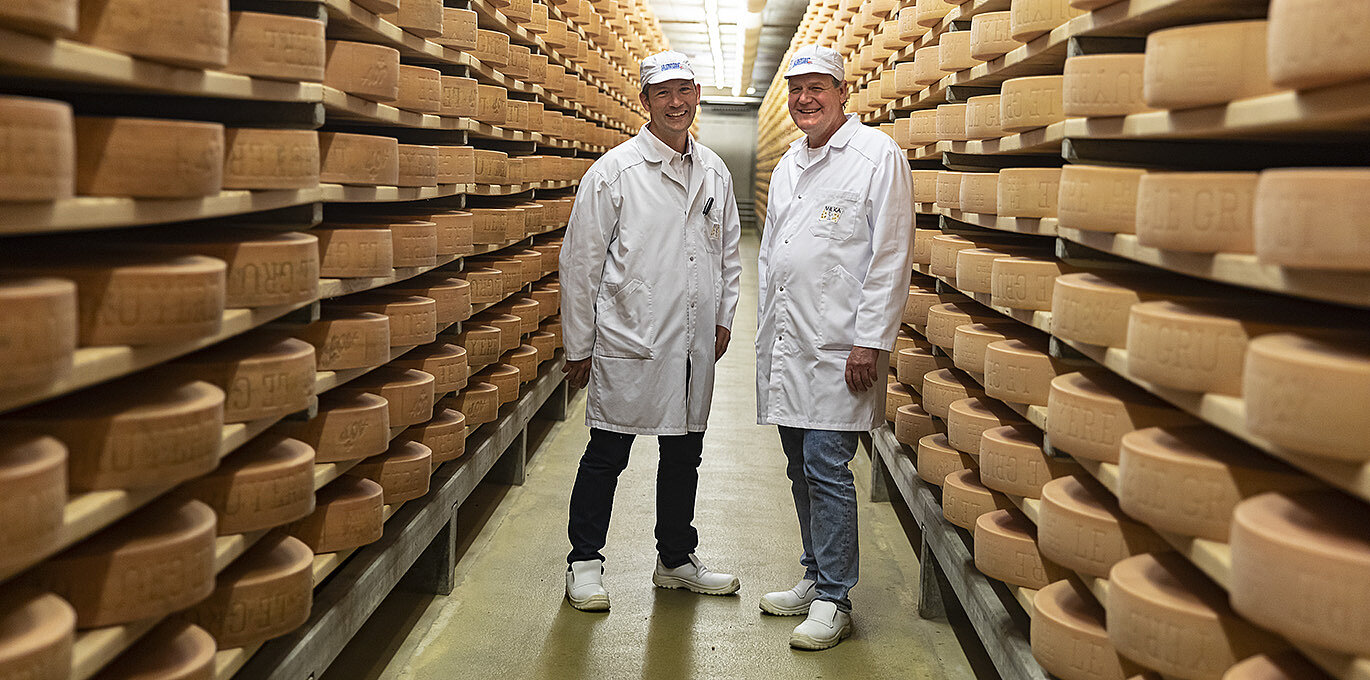A Preference of Authenticity: Floridia Cheese Melbourne and Its Workmanship
A Preference of Authenticity: Floridia Cheese Melbourne and Its Workmanship
Blog Article
Unlocking the Keys of Artisanal Cheese Making: A Step-by-Step DIY Guide
In the realm of cooking workmanship, artisanal cheese making stands as a testament to the fragile equilibrium between custom and technology. Each action in the procedure, from picking the right milk to improving aging techniques, holds within it a wealth of understanding passed down through generations. As we get started on this journey to debunk the art of creating elegant cheeses, we are confronted with a tapestry of keys and skills waiting to be unwinded. Join us as we check out the intricacies of this ancient craft, where art, persistence, and science converge to create tastes that entice the detects.
Selecting the Right Milk
When getting started on the journey of artisanal cheese production, the selection of milk plays a critical function in determining the top quality and qualities of the last item. The type of milk picked affects the taste, texture, and generally profile of the cheese.
When selecting milk for cheese making, it is very important to consider the fat web content. Higher fat material in milk can result in a creamier and richer cheese, while lower fat web content might cause a drier and firmer texture. Additionally, the source of the milk, whether from cows, goats, sheep, or buffalo, contributes distinct flavors and attributes to the cheese (Floridia Cheese). Each sort of milk brings its own nuances, allowing for a vast array of cheese varieties to be crafted based on the chosen milk. Inevitably, the choice of milk is an essential choice that sets the foundation for an effective artisanal cheese-making venture.
Culturing and Coagulating
To launch the cheese-making process, the critical steps of culturing and coagulating need to be very carefully performed to change milk right into curds and whey. Culturing includes introducing helpful microorganisms to the milk, which then begins the fermentation procedure. These microorganisms transform lactose (milk sugar) right into lactic acid, developing the acidic environment required for coagulation. The kind of society used can considerably influence the taste, texture, and ripening of the last cheese product.

The timing and temperature level control throughout culturing and coagulation are crucial aspects that influence the final outcome of the cheese. Appropriate implementation of these steps is necessary to ensure the wanted texture, flavor, and consistency of the artisanal cheese being created.
Draining Pipes and Pressing Curds
After the milk healthy proteins have actually coagulated and the curds have been reduced to release whey, the next critical action in artisanal cheese making includes draining pipes and pressing the curds to achieve the desired appearance and consistency of the last cheese item. Draining pipes is the process of dividing the curds from the whey. This can be done by moving the curds right into a cheesecloth-lined colander or mold and mildew and permitting the whey to drain look these up off naturally. The time for draining can vary depending upon the sort of cheese being made and the wanted dampness content.
Pushing aids get rid of any staying whey and compacts the curds to develop a solid cheese wheel. Proper pushing and draining pipes are critical steps that substantially influence the high quality and characteristics of the artisanal cheese being created.
Aging and Flavoring Strategies
Carrying out thorough aging and flavoring methods is essential in improving the deepness and intricacy of artisanal cheeses, elevating their preference profiles to splendid levels of refinement and sophistication. Aging plays a vital duty in developing the one-of-a-kind tastes and textures that identify artisanal cheeses. Throughout the aging procedure, cheeses are kept in carefully managed settings where factors such as humidity, airflow, and temperature level are controlled to urge the development of advantageous molds and germs. This regulated setting allows celebrity to mature gradually, creating complicated aromas and abundant flavors.
Flavoring techniques additionally contribute dramatically to the last taste of artisanal cheeses. Cheesemakers might pick to introduce extra flavors by including ingredients such as natural herbs, spices, or even fruits right into the cheese during the manufacturing procedure. Additionally, some cheeses are cleaned or massaged with numerous liquids, such as brine or alcohol, to boost their tastes and textures.
Covering and Keeping Cheeses

Final Thought
Finally, mastering the art of artisanal cheese making entails very carefully choosing the appropriate milk, adhering to specific culturing and coagulating procedures, draining pipes and pressing curds properly, and making use of numerous aging and flavor methods. By adhering to these actions vigilantly and with attention to detail, you can create your own delicious and special cheeses in your home. Keep in mind to cover and store your cheeses correctly to make sure ideal flavor and appearance development. Delighted cheese making!
Each kind of milk brings its very own subtleties, enabling for a large range of cheese varieties to be crafted based on the chosen milk.After the milk healthy proteins have actually coagulated and the curds have actually been reduced to release whey, the next important action in artisanal cheese making includes draining pipes and pressing the curds to over at this website attain the wanted structure and uniformity of the final cheese item. The majority of cheeses must be covered in wax paper or cheese paper to enable them to breathe while safeguarding them from drying out. For cheeses that need to proceed aging, such as bloomy skins or washed skins, ensure they are saved in a cool environment like a cheese cavern or a refrigerator set to the suitable temperature level. By paying focus to the wrapping and storage of artisanal cheeses, cheese manufacturers and enthusiasts can maintain the honesty of these delicacies and fully enjoy their complex tastes.
Report this page